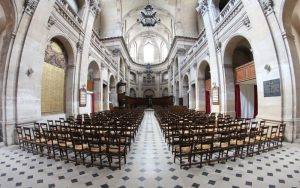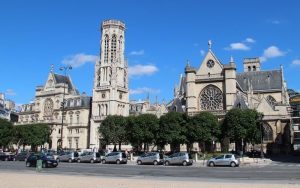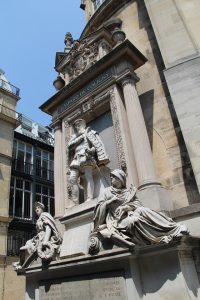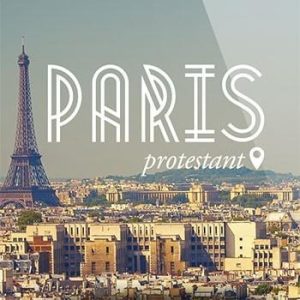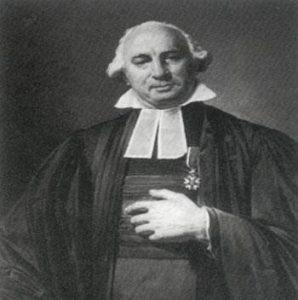Temple de l'Oratoire
In 1802, in application of the Organic Articles, the Reformed Consistorial Church of Paris was created; its responsibility overflowed the Island of France. The Church is led by an assembly, the Consistory of Paris, whose seat comes to the Oratory when the building is assigned to the reformed. All pastors are attached to the Consistory.
After 1860 several suburban cities were absorbed into Paris and five unofficial parishes were established, each with an appointed pastor. Sermons at the Oratoire, however, are considered superior to other Parisian temples.
The consistory Church of Paris was split into eight Reformed parishes in Paris. In 1905 the law on the separation of the Churches and State abrogated the Concordat system. The second half of the 19th century was marked by the opposition between the Orthodox and liberal Reformed, but a schism was avoided
In 2011 the Église de l’Oratoire solemnly celebrated its 200th anniversary. In 2013 it became the Protestant united Church of the Oratoire, and is one of the main Protestant parishes in Paris. It is very much alive and belongs to the liberal Reformed tradition and people attend from afar. parishioners. It also holds lectures and spiritual concerts.
It has an outstanding website, enabling you to leisurely further your visit.
On the rue de Rivoli, leaning on the oval building of the former chapel stands the monument to the memory of Admiral de Coligny, murdered during the Saint Bartholomew massacre on 24 August 1572. The monument was erected thanks to a national fundraising campaign in 1889. It combines the work of the sculptor Crauck and of the architect Scellier de Gisors. Gaspard de Coligny stands in front of a window frame referring to his defenestration after he was murdered.
On the pedestal is an open Bible. On one side of the pedestal one can see the Homeland crowned after winning the Saint-Quentin battle in 1551 against Philip II of Spain, and on the other the Church in mourning attire. Queens of the Netherlands, Wilhelmine in 1912, and Juliana in 1948 and 1972 came and bowed to the statue of their ancestor Coligny.

